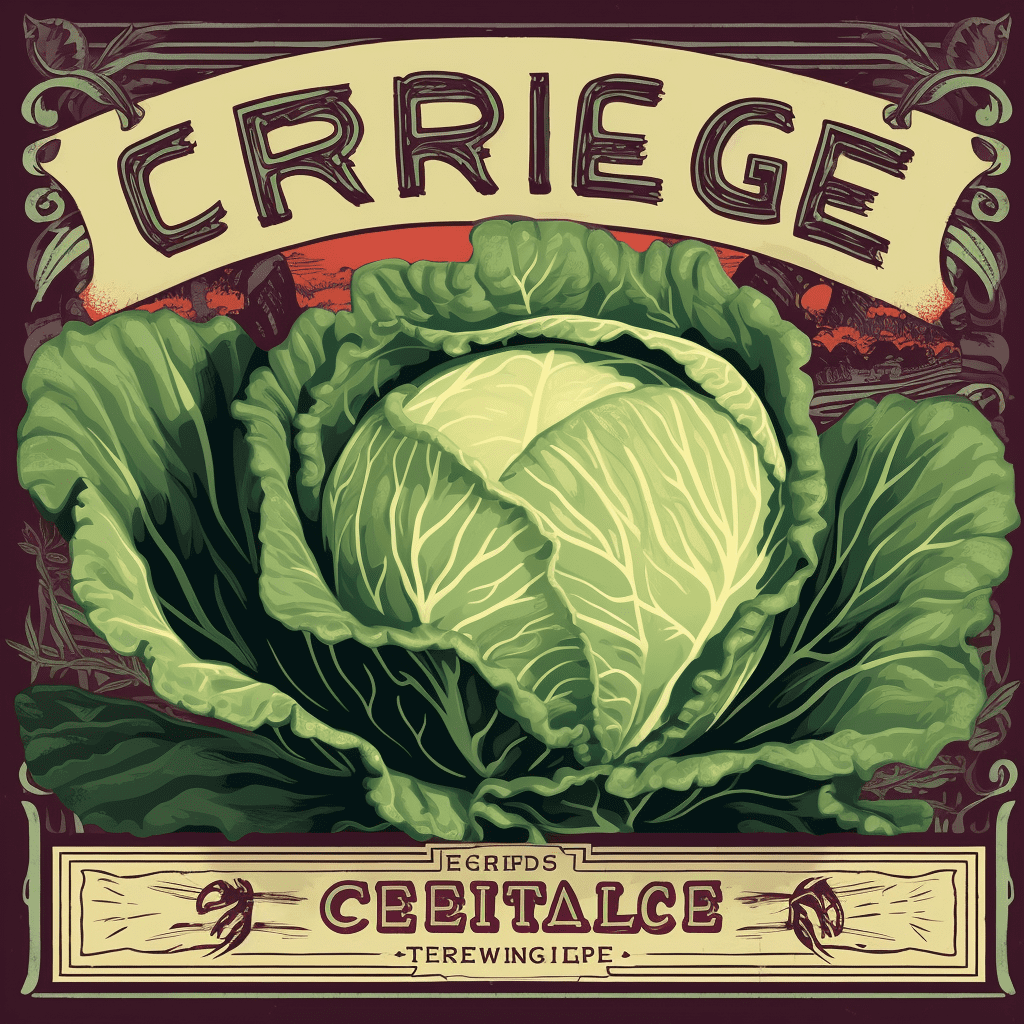The Difference Between Cabbage and Lettuce
Cabbage and lettuce are two popular leafy vegetables that are often used in various dishes. While they may look similar, there are several differences that set them apart. In this article, we will explore the distinctive characteristics of cabbage and lettuce.
1. Appearance
Cabbage has a round or oval shape and is known for its dense, compact leaves that form a tight head. The leaves of cabbage are usually thick, smooth, and waxy to the touch. The color of cabbage can range from pale green to dark green, and some varieties even have red or purple leaves.
On the other hand, lettuce has a more elongated shape with loose, leafy heads. The leaves of lettuce are thinner and have a softer texture compared to cabbage. Lettuce comes in different varieties, including green leaf, red leaf, romaine, and iceberg lettuce, which are distinguishable by their shape, color, and texture.
2. Taste and Texture
One noticeable difference between cabbage and lettuce is their taste and texture. Cabbage has a slightly bitter and earthy flavor, especially when eaten raw. When cooked, however, cabbage becomes milder and tender. The texture of cabbage can vary depending on the preparation, but it is generally more firm and crisp.
Lettuce, on the other hand, has a mild, refreshing taste that is often described as subtly sweet or slightly bitter, depending on the variety. It is commonly consumed raw in salads or used as a topping for sandwiches. Lettuce leaves are typically more delicate and tender compared to cabbage leaves, providing a lighter and more delicate texture when eaten.
3. Nutritional Value
Both cabbage and lettuce are nutrient-rich vegetables that offer various health benefits. Cabbage is a good source of vitamin C, vitamin K, and dietary fiber. It also contains antioxidants that help promote overall health and protect against certain diseases. Additionally, cabbage is low in calories, making it a popular choice for those looking to manage weight.
Lettuce is also low in calories and provides essential nutrients such as vitamin A, vitamin K, and folate. It is a good source of hydration as lettuce has high water content. The darker varieties of lettuce, such as romaine lettuce, contain more nutrients compared to lighter varieties like iceberg lettuce.
4. Culinary Uses
Cabbage and lettuce are versatile vegetables that can be used in a variety of dishes. Cabbage is commonly used in coleslaw, stir-fries, soups, and stews. It can also be pickled or fermented to create sauerkraut or kimchi, respectively. Some traditional dishes, like cabbage rolls or stuffed cabbage, use the leaves of cabbage as wrappers.
Lettuce, on the other hand, is often used as a base for salads or as a crispy addition to sandwiches and wraps. It can also be sautéed lightly or used as a topping for burgers and tacos. The different types of lettuce offer unique flavor profiles, allowing for diverse culinary creations.
5. Growing Conditions
Cabbage and lettuce have different preferences when it comes to growing conditions. Cabbage thrives in cooler climates and requires a longer growing season. It prefers full sun and well-drained soil. Lettuce, on the other hand, can tolerate cooler temperatures but prefers milder weather. It grows best in partial shade and soil that retains moisture.
In conclusion, cabbage and lettuce may appear similar at first glance, but they have distinct differences in appearance, taste, texture, nutritional value, culinary uses, and growing conditions. Understanding these differences can help you choose the right vegetable for your desired dish or gardening needs. Whether you prefer the dense and crunchy leaves of cabbage or the tender and refreshing nature of lettuce, both vegetables can be enjoyed as part of a healthy and delicious meal.












